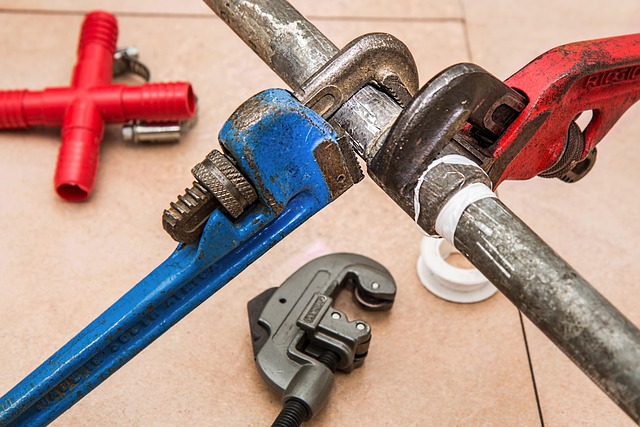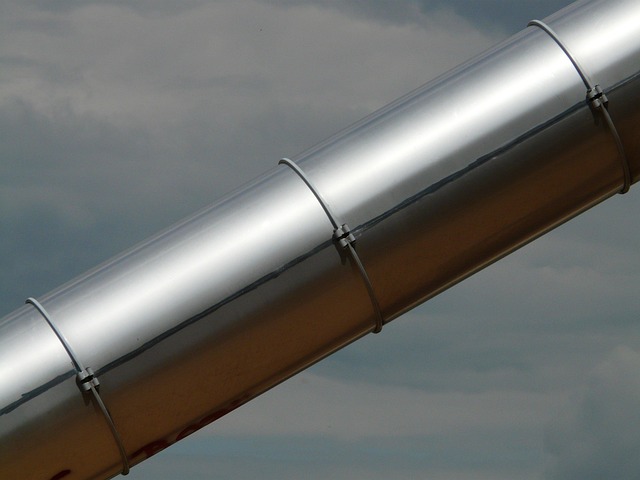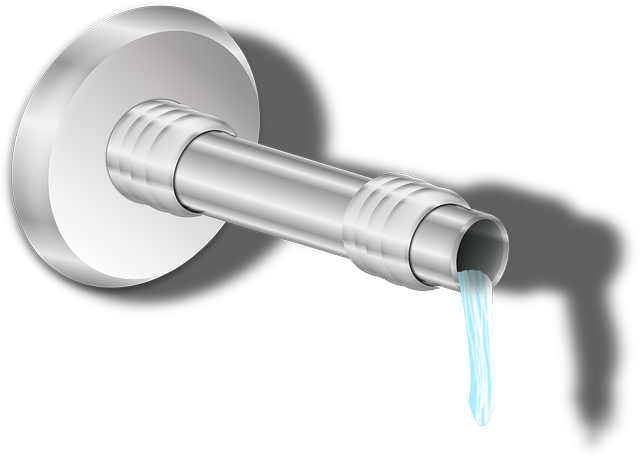Recognize signs of a leaking pipe like increased water bills, discolored walls/ceilings, smells, bubbling sounds, or fixture damage. Use tools like moisture meters and thermal imaging cameras for hidden leaks. Inspect pipes regularly for corrosion or vulnerabilities to prevent small issues from becoming major leaks. Take immediate action: turn off water, visually inspect, document damage, isolate leak, contact a professional plumber.
Spotting a hidden pipe leak early can prevent significant damage. This comprehensive guide provides essential Pipe Leak Detection Tips to ensure you identify potential issues before they escalate. Learn to recognize subtle signs such as strange noises, mold growth, or persistent water pressure drops. Discover the right tools and techniques for effective detection, from basic visual inspections to advanced moisture meters. Understanding these steps will empower you to act swiftly when a leak is found, minimizing disruption and costs.
- Recognize Signs of a Leaking Pipe
- Tools and Techniques for Detection
- Steps to Take When You Spot a Leak
Recognize Signs of a Leaking Pipe

Recognizing signs of a leaking pipe is crucial for prompt action and prevention of potential damage. One of the most noticeable indicators is an unusual increase in your water bill, which could suggest persistent leaks. Keep an eye on your meter readings regularly to identify any sudden spikes. Another telltale sign is discolored or mottled walls, ceilings, or floors near pipes—this may indicate water intrusion and potential mold growth.
Pay attention to peculiar smells, especially musty or earthy odors, as these could be a result of moisture in the air from a hidden leak. You might also notice bubbling or hissing sounds coming from your pipes, suggesting air bubbles or escaping water. Additionally, check for signs of water damage on nearby fixtures or appliances, such as rust or stains, which could point to an underlying leak. Early detection through these Pipe Leak Detection Tips can save you from costly repairs and potential structural damage caused by water intrusion.
Tools and Techniques for Detection

Detecting a hidden pipe leak requires specific tools and techniques to identify the source before it causes significant damage. Start by using a moisture meter, which can pinpoint wet areas and help locate leaks behind walls or under floors. These devices are non-invasive and easy to use, making them excellent for initial assessments. Additionally, thermal imaging cameras are invaluable tools for visualising temperature variations caused by water leaks. Hot spots indicate active leaks, helping to narrow down the search area.
Another effective method involves listening carefully for peculiar sounds like dripping or rushing water within walls or ceilings. Following these sounds can lead to the leak’s source. Moreover, checking for unexplained moisture buildup on surfaces or signs of water damage is crucial. Regular inspection and maintenance are key; examining pipes for corrosion or vulnerabilities can prevent small issues from escalating into major leaks.
Steps to Take When You Spot a Leak

If you notice signs of a pipe leak, immediate action is crucial. Start by turning off the water supply at your main shut-off valve to prevent further damage. Then, locate the source of the leak – check for dripping water, moist spots on walls or floors, or strange smells. Visual inspection can often reveal the problem area.
Once you’ve identified the leak, gather essential tools like buckets, towels, and a repair kit (including duct tape or replacement pipe sections). Turn off the affected fixtures and appliances to isolate the leak. Document the damage with photos for insurance claims if necessary. Finally, contact a professional plumber for expert advice and repairs to prevent the leak from escalating into a bigger crisis.
Identifying a pipe leak early is key to preventing significant damage. By learning to recognize subtle signs, investing in suitable detection tools, and taking prompt action, you can turn potential disasters into manageable issues. Incorporating these pipe leak detection tips into your routine maintenance will ensure your home remains protected and keep unexpected plumbing problems at bay.
